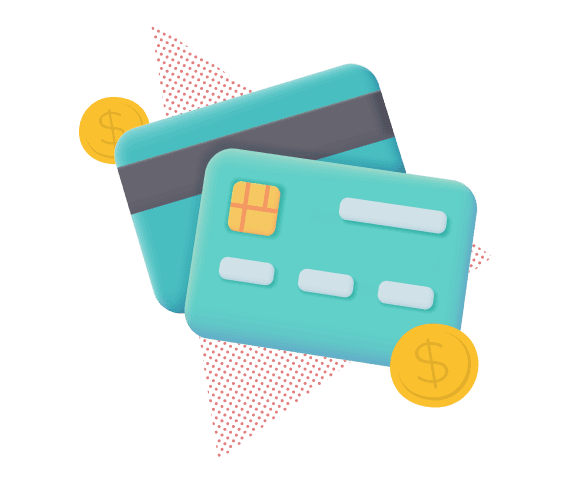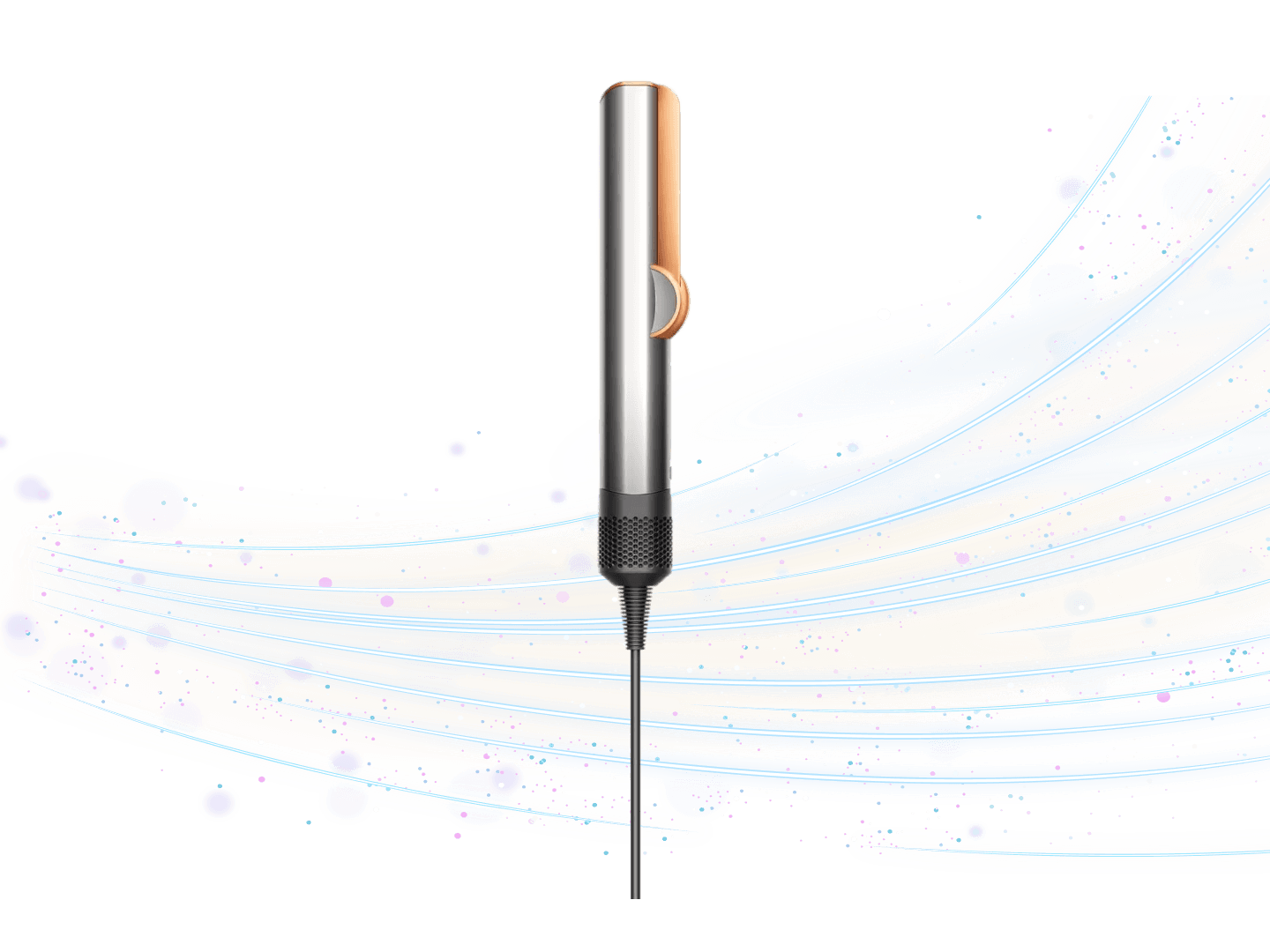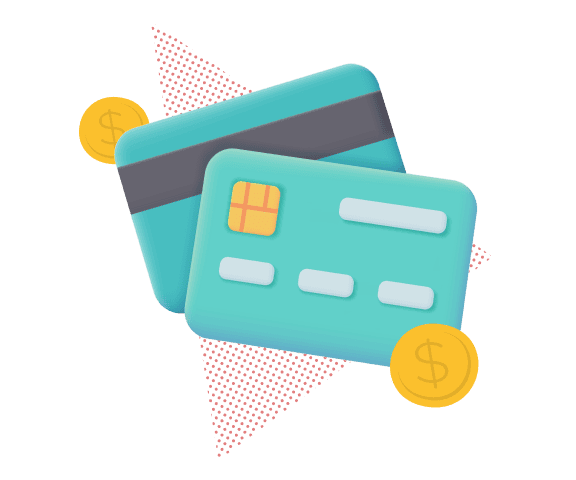What Is a Credit Card Closing Date?
Updated: 11 Dec 2025
The credit card closing date, or statement closing date, is the last day of your billing cycle. Find out how this affects the calculation of your monthly balance.
For every credit card you use, you’ll receive a statement each month detailing the month’s transactions and the total amount you owe. While you receive this statement monthly, it isn’t always aligned perfectly with a calendar month. Instead, the statement is typically issued based on a billing cycle that lasts between 28 to 31 days depending on the card and/or credit card issuer.
The change from one billing cycle to the next can happen at any time within a calendar month, and it's usually based on when you first opened the credit card account. The final day of your credit card’s billing cycle is what we call the credit card closing date. For example, if a billing cycle lasts from 15 March to 14 April, 14 April will be the credit card closing date.
Here's a look at how to find the closing date on your credit card statement, why it's different from the payment due date, and how this date impacts your monthly financial planning, credit score, and even the rewards you earn. Knowing your credit card closing date can help you avoid late payments and interest fees and even optimise your rewards earned.
Saver-savvy tip
Even if you have multiple credit cards from the same bank or issuer, it's unlikely that the cards will have the same credit card closing date. This is because the closing date is typically based on the date you opened each card.
✨Get the Apple Upgrade You Deserve✨
Get your dream Apple gadget when you apply for select Citi, HSBC, OCBC, or Standard Chartered credit cards via SingSaver and top up as low as S$240! Valid till 1 January 2026. T&Cs apply.
How to find your credit card closing date on your bank statement
You can find the credit card closing date on your physical statement, in your credit card's online or digital banking account, or on the PDF statement available through your online account. It’s typically listed near the top of the page/document or in the account summary.
The information might be presented in a few different ways. Here's what to look for:
-
Billing period: This is usually shown as a date range spanning about one month, for example, “21/02/2025 - 20/03/2025”. The last date in that range is your credit card closing date.
-
Statement balance: On your account overview page, payment tab, or statement, you might see a statement balance along with a date. The date listed with your statement balance is the statement closing date.
-
Statement closing date: In some cases, the closing date will be clearly labelled as such (e.g. “Closing date: 20 Mar”), often alongside a payment due date that's typically 20 to 25 days later.
» MORE: Learn how to pay your credit card bill and outstanding balances
Saver-savvy tips
The default credit card closing date usually isn’t set in stone. If another date would better suit your monthly budget or salary payday, you should be able to contact your card issuer’s customer service to request a different date.
Why your credit card closing date matters
Knowing your credit card closing date can help you optimise your credit card utilisation, earning you extra points, rewards, cashback, or other benefits over time. Here are three things to keep in mind:
Ready to explore new credit card options?
SingSaver helps you compare and find the best credit card deals in Singapore, tailored to your lifestyle and spending habits.
-
Paying your statement balance before the closing date: Your new statement balance is the total amount you owe on your credit card as of the closing date. This includes any new charges made during the previous billing cycle plus any remaining unpaid balance from earlier statements. If you don’t pay this balance in full by your next payment due date, your issuer will charge interest on the remaining statement balance which can roll on to the next billing cycle, and so on.
-
Maximising your credit utilisation: Credit card companies often report credit utilisation to credit bureaus at the end of each billing cycle or on the statement closing date. This is important, as it accounts for a significant portion of your credit score and can help with building your credit score.
-
Getting the most rewards possible per billing cycle: For most rewards-earning credit cards, the points or cashback you earn are calculated at the end of each billing cycle and awarded afterwards. However, some cards issue rewards almost immediately after a purchase, so you don’t have to wait until the end of your billing cycle to make the most of your credit card points.
Saver-savvy tips
Some recurring credit card benefits reset with a new billing cycle and closing statement, while others follow the calendar month. Make sure you understand your card’s specific terms so your spending doesn’t go to waste.
For example, the Citi Cash Back Card offers 6% cashback on dining and grocery spending (local & overseas) capped at S$80 per statement month, with a monthly minimum spend of S$800. The limit is reset at the end of the billing cycle, so you can time your dining and grocery purchases perfectly.
Another example is the American Express Singapore Airlines KrisFlyer Ascend Credit Card, which earns you up to 2 KrisFlyer miles for every S$1 spent on eligible Grab Singapore transactions, up to S$200 spend in each calendar month.
Closing date vs. payment due date: What’s the difference?
-
The credit card or statement closing date is the final date of your billing cycle. It’s when the credit card issuer calculates your statement balance and the minimum payment due. Charges made after the closing date will appear on the following month’s statement.
-
The payment due date is the date by which you're expected to pay at least the minimum payment from that statement to avoid a late fee or potential negative impacts on your credit report. It’s typically between 20 and 30 days after your statement closing date and can also be found on your credit card statement.
If you pay the full statement balance by the payment due date each month, a grace period typically applies between your statement closing date and the due date where you’ll be charged 0% interest. This means that if you're not carrying a balance from month to month, you won’t be charged any interest on credit card purchases.
However, if you only make the minimum payment—or anything less than the full statement balance—you’ll be charged interest on the unpaid amount.
✨SingSaver Rewards Upgrade Promo✨
Ready to elevate your everyday look? 🌬️ Boost your base reward and bring home a Dyson Airstrait™ straightener (worth S$799) when you apply for select Citi or HSBC Credit Cards today! Valid till 1 January 2026. T&Cs apply.
Frequently asked questions about credit card closing dates
Yes, most credit card issuers will allow you to change your statement's closing date. Changing the closing date will also shift the payment due date. To do so, reach out to customer service directly, either by calling the number on the back of your card or through the chat feature within your online account. This can be helpful in aligning payment dates with your salary schedule or to better manage payments on multiple cards.
No, your credit card payment isn’t due until the payment due date, which is usually 21 to 30 days after the closing date for a given statement, and is separate from the closing date. The exception is if you want to reduce your credit utilisation to build your credit score.
Transactions that are processed on or before the date that your billing period ends (i.e., the statement closing date) are included in the statement balance for that billing period. So if your credit card billing cycle is 21 March to 20 April with a closing date of 20 April, all charges processed by 20 April will be included into the same statement.
However, if you make a purchase on 20 April (the statement closing date) the transaction might not appear until the following statement. This is because charges on your credit card typically show as “pending” for about 24 hours after the purchase, and sometimes longer. Any pending charge at the time of statement closing will be carried over to the following billing cycle as they were not processed by the closing date.
Yes, a grace period usually applies during the period between your credit card closing date and the payment due date. This is because these two dates are never the same and you do not need to pay your credit card off by the statement closing date. So if you usually carry a balance on your credit card from month to month, the grace period will not apply and 0% interest will be charged. However, if you are carrying over a balance from previous billing cycles, interest will be charged on the remaining amount.
» MORE: How to understand the fine print of your credit card
You just need to pay your credit card bill by the payment due date. Paying early can help reduce your credit utilisation and help clear credit card debt faster, but it’s not necessary to prevent interest if you consistently pay in full.
If you tend to carry a credit card balance from month to month but have an opportunity to pay early, doing so could help you save on interest. Just make sure that doing so won’t cause you to miss other payments.
Want to earn while you spend?
Whether it’s miles, rewards, or cashback, there’s an ideal credit card out there that matches your needs so you can earn perks through your regular spend.



